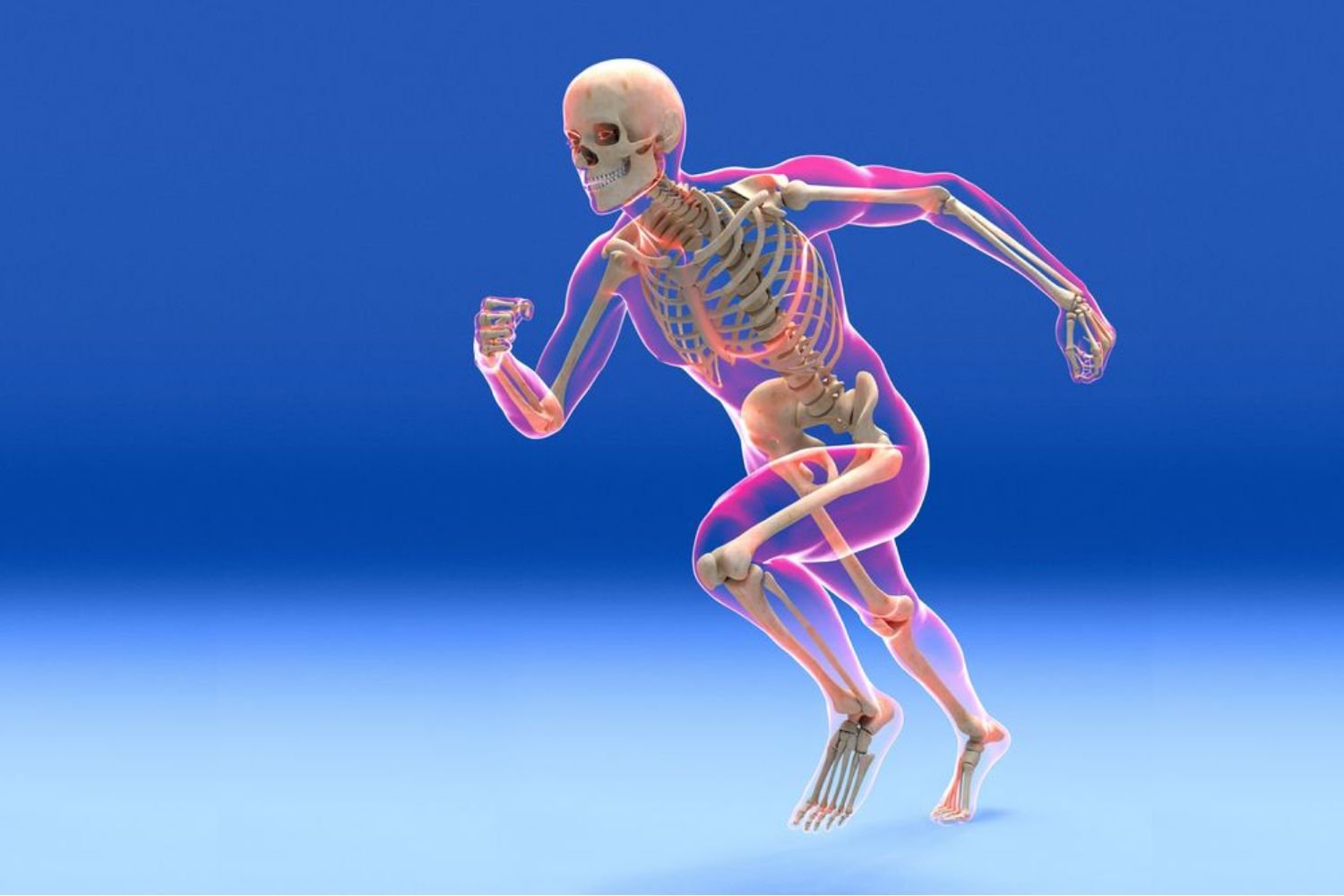Concept about Terminology – The course is designed for the basic understanding of anatomical structures and physiological functions of human body, musculoskeletal system, digestive system, respiratory system; cardiovascular system; urinary system, endocrine system, reproductive system, nervous system, hematologic system, sensory organs, integumentary system, and immune system.
The aim of the course is to acquire knowledge and skills regarding anatomy and physiology.
Concept about Terminology

SOME MEDICAL TERMINOLOGY AND CONDITIONS
Bunion: (BUN-yun) A deformity of the great toe that typically is caused by wearing tightly fitting shoes. The condition produces inflammation of bursae (fluid-filled sacs at the joint), bone spurs, and calluses.
Clawfoot:-A condition in which the medial part of the longitudinal arch is abnormally elevated. It is often caused by muscle deformities, such as may result from diabetes.
Kyphosis:-(kypho= bent; osis condition) An exaggeration of the thoracic curve of the vertebral column. In the elderly, degeneration of the intervertebral discs leads to kyphosis; it may also be caused by osteoporosis, rickets, and poor posture.
Lordosis:-(lord=bent backward) An exaggeration of the lumbar curve of the vertebral column, also called hollow back. It may result from increased weight of the abdomen as inpregnancy or extreme obesity, poor posture, rickets, or tuberculosisof the spine.
Osteoarthritis:-(arthr = joint) The degeneration of articular cartilage such that the bony ends touch, the resulting friction of bone against bone worsens the condition. Usually associated with the elderly.
Osteogenic sarcoma: (sarcoma = connective tissue tumor) Bone cancer that primarily affects osteoblasts and occurs most often in teenagers during their growth spurt; the most common sites are the metaphyses of the thigh bone (femur), shin bone (tibia), and arm bone (humerus). Metastases occur most often in lungs, treatment consists of multidrug chemotherapy and removal of the malignant growth, or amputation of the limb.
Osteomyelitis-An infection of bone characterized by high fever, sweating, chills, pain, nausea, pus formation, edema, and warmth over the affected bone and rigid overlying muscles. Bacteria, usually Staphylococcus aureus, often cause it.
The bacteria may reach the bone from outside the body (through open fractures, penetrating wounds, or orthopedic surgical procedures); from other sites of infection in the body (abscessed teeth, burn infections, urinary tract infections, or upper respiratory infections) via the blood: and from adjacent soft tissue infections (as occurs in diabetes mellitus).
Osteopenia: ( penia poverty) Reduced bone mass due to a decrease in the rate of bone synthesis to a level insufficient to compensate for normal bone resorption; any decrease in bone mass below normal. An example is osteoporosis.

Ostroparosis: (por passageway; osis condition)is literally a condition of porous bones that affects60 million people in the United States each year. In addition, about 18 million people have ostropenia (low bone mass), which puts themat risk for osteoporosis.
The basic problem is that bone resorptionoutpaces bone deposition. In large part this is due to depletion of calciumfrom the body-more calcium is lost in urine, feces, and sweatthan is absorbed from the diet.
Bone mass becomes so depleted thatbones fracture, often spontaneously, under the mechanical stresses of everyday living. For example, a hip fracture might result from simply sitting down too quickly. The disorder primarily affects middle-aged and elderly people, 80% of them women. Older women suffer from osteoporosis more often than men for two reasons:
(1) Women’s bones are less massive than men’s bones, and
(2) production of estrogens in women declines dramatically at menopause, but production of the main androgen, testosterone, wanes gradually and only slightly in older men.
Estrogens and testosterone stimulate osteoblast activity and synthesis of bone extracellular matrix. Besides gender, risk factors for developing osteoporosis include a family history of the disease, European or Asian ancestry, thin or small body, an inactive lifestyle.
Rickets and osteomalacia: (malacia = softness)are two forms of the same disease that result from inadequate calcification of the extracellular bone matrix, usually caused by a vitamin D deficiency. Rickets is a disease of children in which the growing bones become “soft” or rubbery and are easily deformed.
Because new bone formed at the epiphyseal (growth) plates fails to ossify, bowed legs and deformities of the skull, rib cage, and pelvis are common. Osteomalacia is the adult counterpart of rickets, sometimes called adult rickets.
New bone formed during remodeling fails to calcify, and the person experiences varying degrees of pain and tenderness in bones, especially the hip and legs. Bone fractures also result from minor trauma. Prevention and treatment for rickets and osteomalacia consist of the administration of adequate vitamin D.
Scoliosis:-(scolio- crooked) A sideways bending of the vertebral column, usually in the thoracic region. It may result from congenitally (present at birth) malformed vertebrae, chronic sciatica, paralysis of muscles on one side of the vertebral column, poor posture, or one leg being shorter than the other.
Spina bifida:- is a congenital defect of the vertebral column in which laminae fail to unite at the midline. In serious cases, protrusion of the membranes (meninges) around the spinal cord or the spinal cord itself may produce partial or complete paralysis, partial or complete loss of urinary bladder control, and the absence of reflexes.
Because an increased risk of spina bifida is associated with a low level of folic acid (one of the B vitamins) early in pregnancy, all women who might become pregnant are to take folic acid supplements.

Whiplash injury:-Injury to the neck region due to severe hyperextension (backward tilting) of the head followed by severe hyperflexion (forward tilting) of the head, usually associated with a rear-end automobile collision. Symptoms are related to stretching and tearing of ligaments and muscles, vertebral fractures, and herniated vertebral discs.
Read more:
